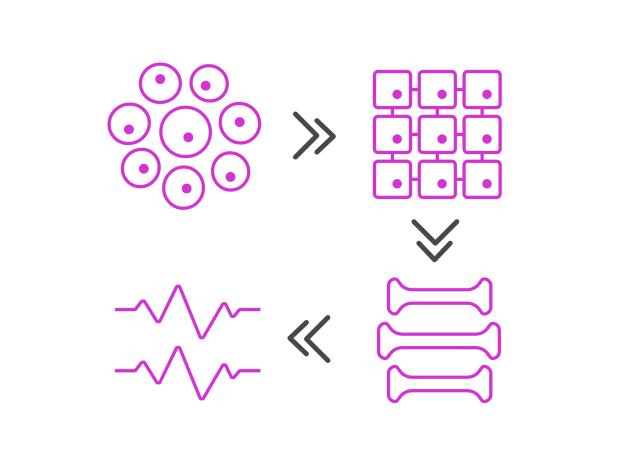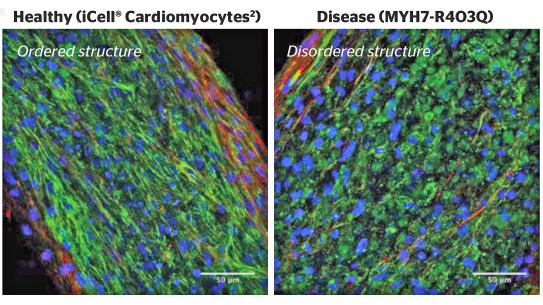Predictive Tissue Models for Faster and Safer Cardiac Drug Discovery

Speaker:
Krista Durney, PhD
Senior Project Manager
TARA Biosystems
Abstract:
Dr. Durney’s group has been involved in the development of the so-called Biowire™ II platform. This platform applies biomimetic stimulation to produce cardiac tissue with adult-like human physiology. In the first step, mature heart tissue is engineered from induced-pluripotent stem cell (iPSC) derived cardiomyocytes. Then the Biowire™ II platform applies electrical and mechanical stimulation to these cells, driving them to a mature phenotype. The so-generated cardiotype tissues embodies the physiological hallmarks of the human heart (e.g. contractility, electrophysiology, and structure). In this way a picture of cardiac function, with both healthy and diseased models is provided, which enables testing of changes in human heart function without human testing. One can measure and evaluate heart function in vitro to understand changes surrounding the heartbeat and the calcium handling driving it. Overall, this approach overcomes the limitations of current technology by more accurately and quickly predicting the efficacy and safety of new medicines in early development. Animal models and alternative in vitro platforms are unable to mimic the human heart to this extent.
Dr. Krista Durney obtained both her Bachelor and Master degrees in Inter-Disciplinary and Mechanical Engineering from the Cooper Union in New York City. During her graduate research in the laboratories of Dr. Gerard Ateshian and Dr. Clark Hung at Columbia University, she focuses on musculoskeletal biomechanics and tissue engineering. She was trained in financial markets and business valuation at Goldman Sachs where she covered the pharmaceutical and biotechnology sectors as an equity research fellow. Dr. Durney’s entrepreneurial spirit has led to her involvement in bringing two technologies out of the university through funding from Columbia’s Biomedical Technology Accelerator and Cisco’s Global Problem Solver Challenge.


